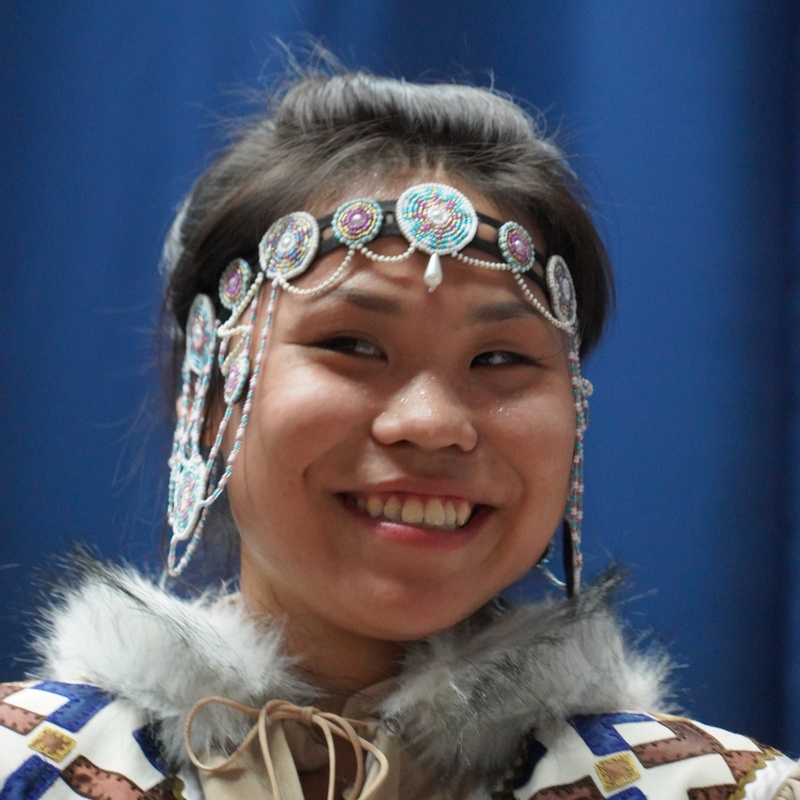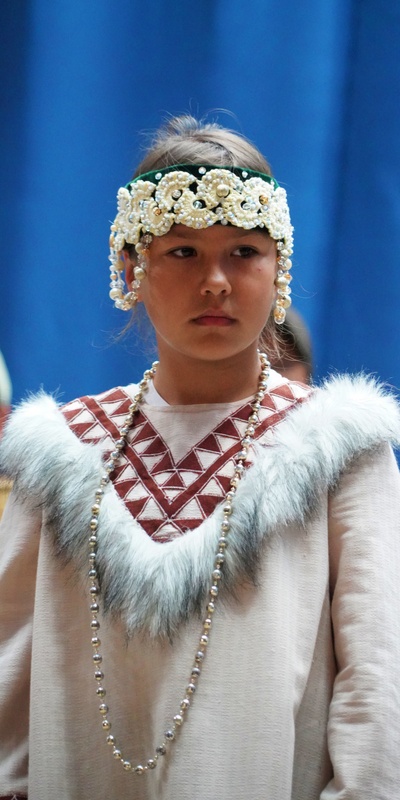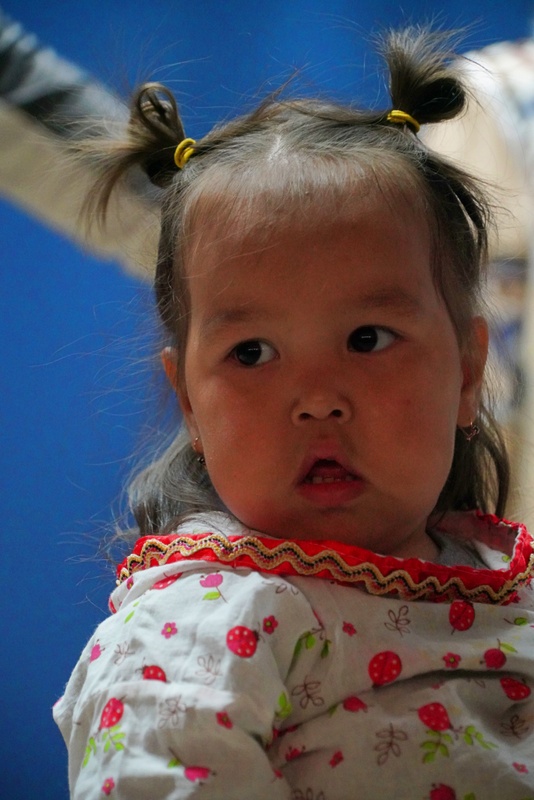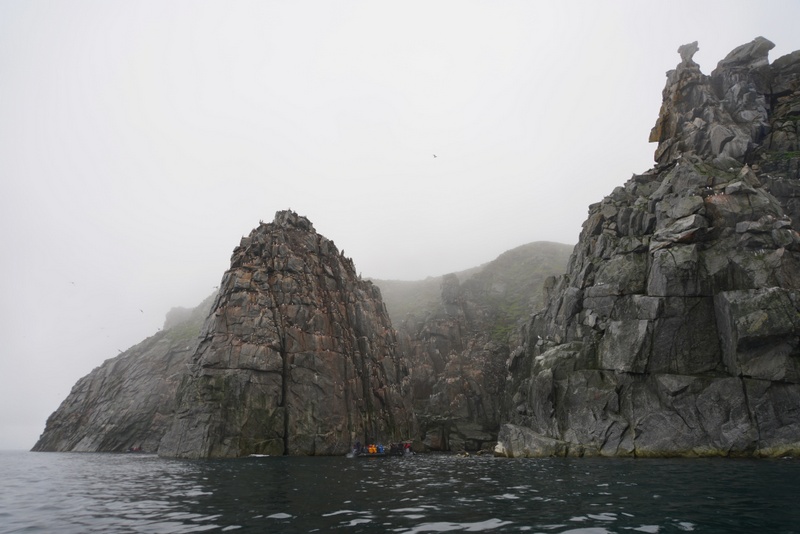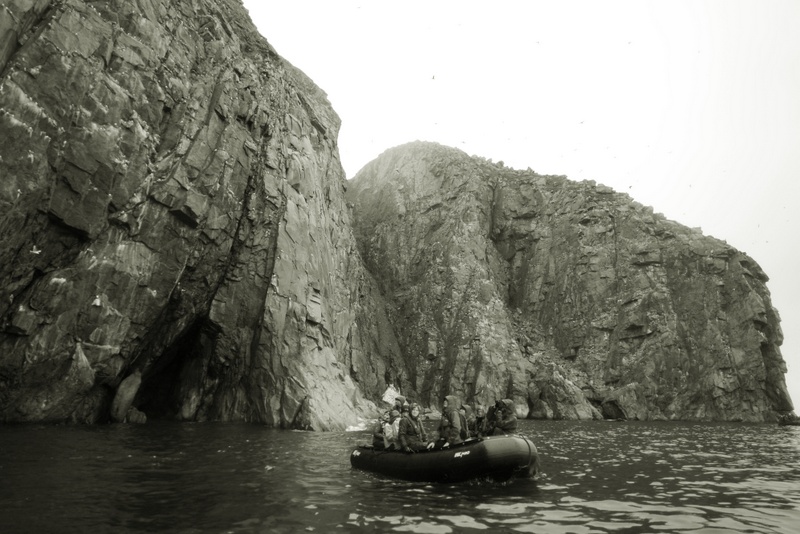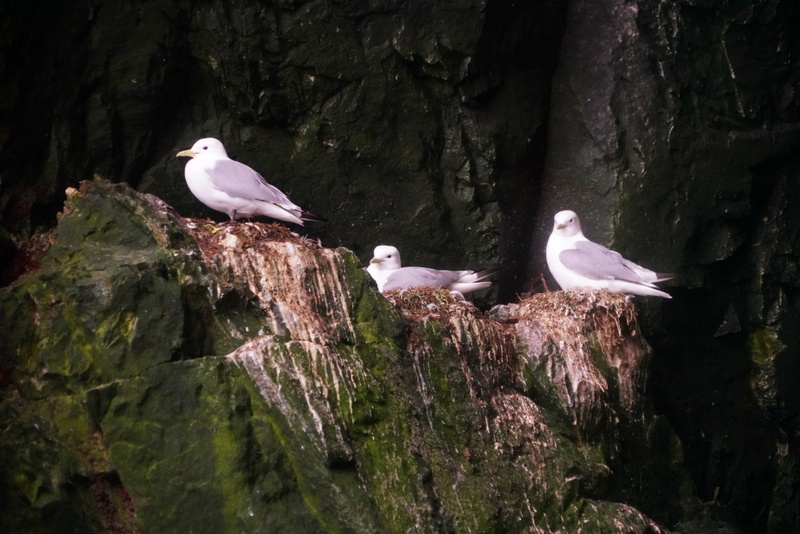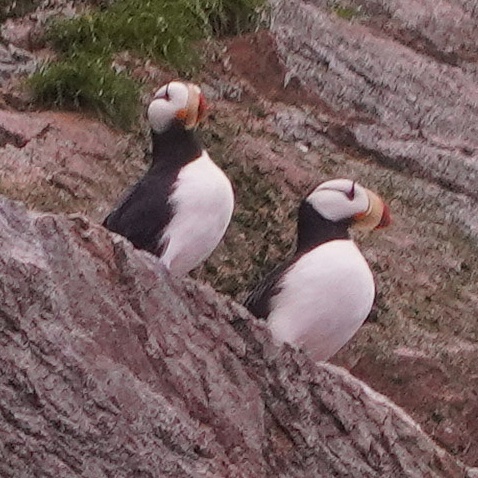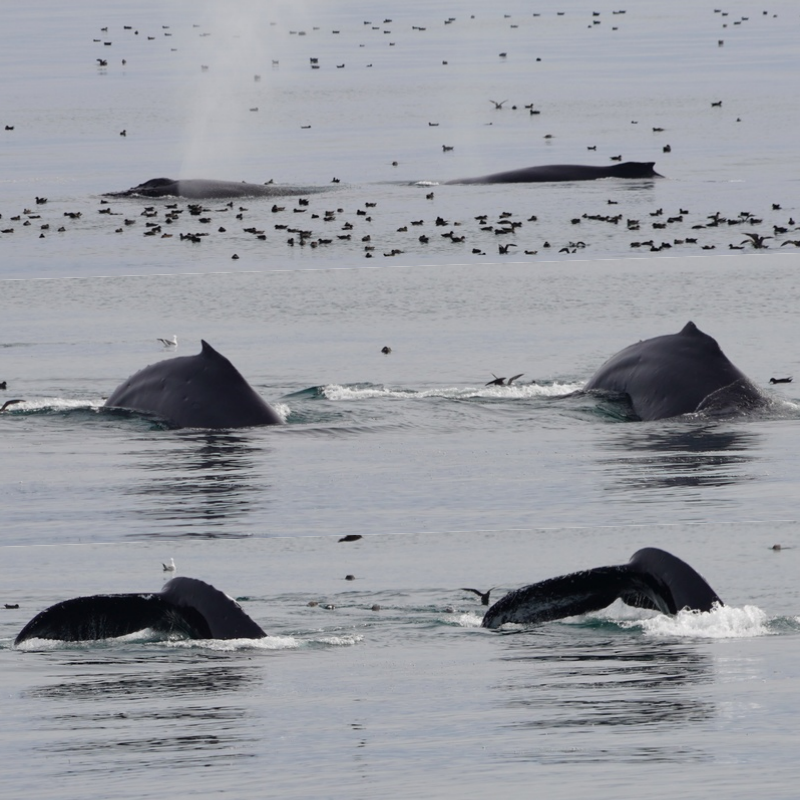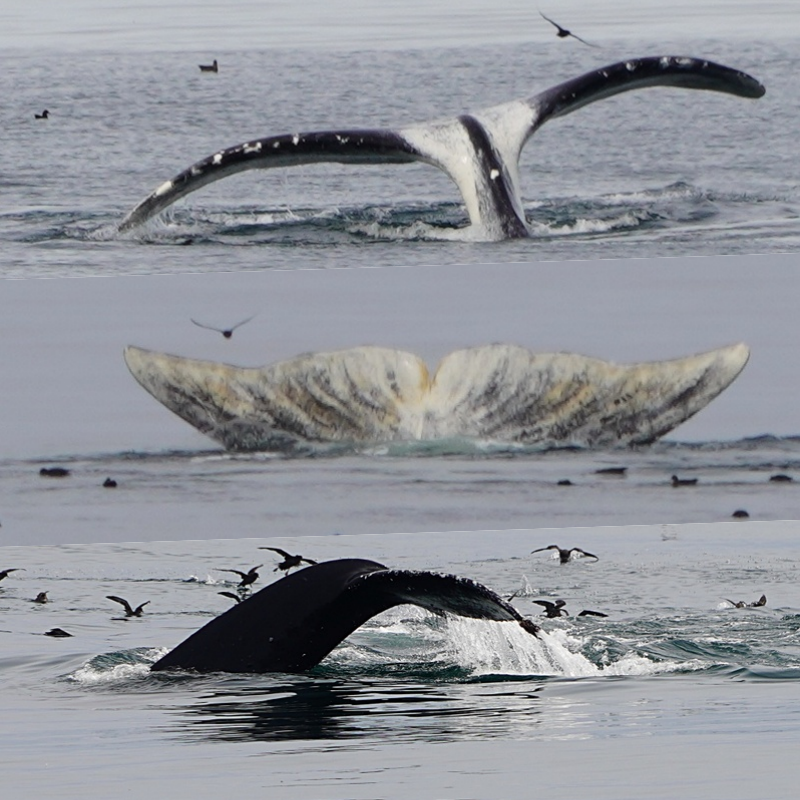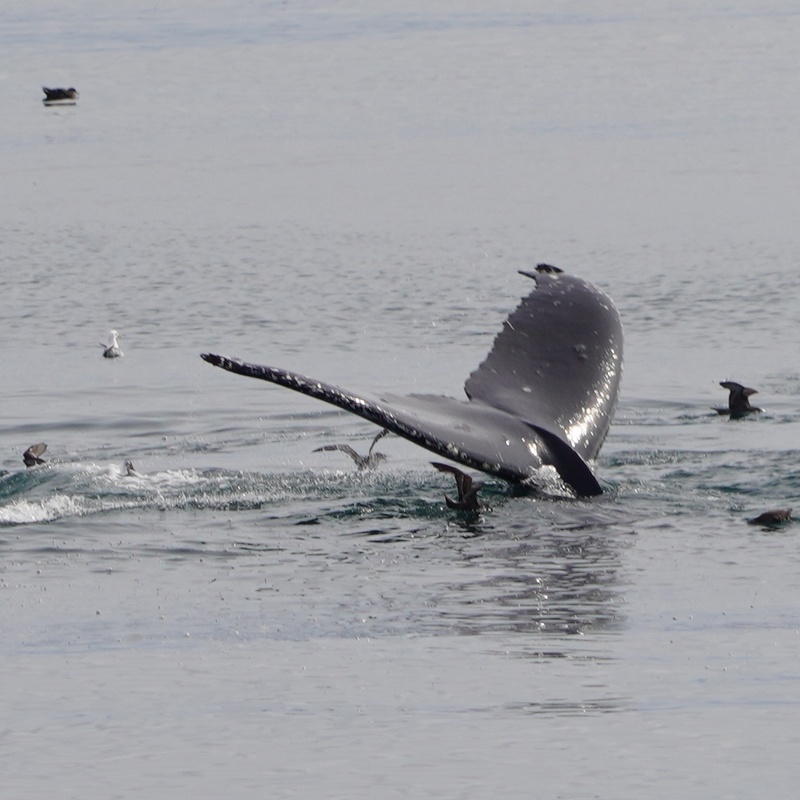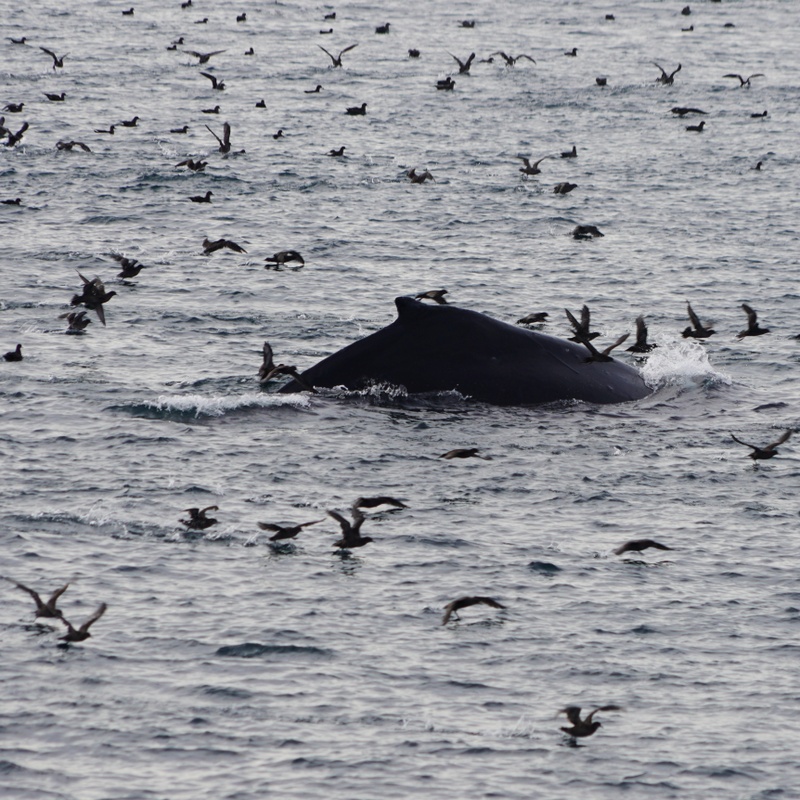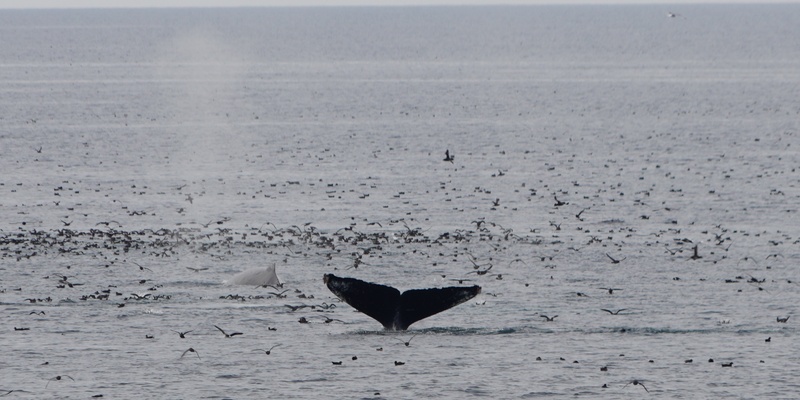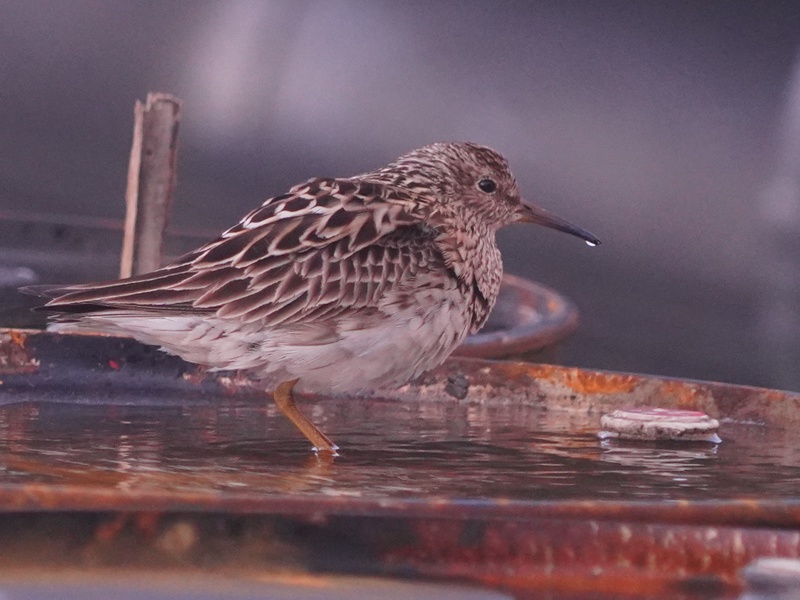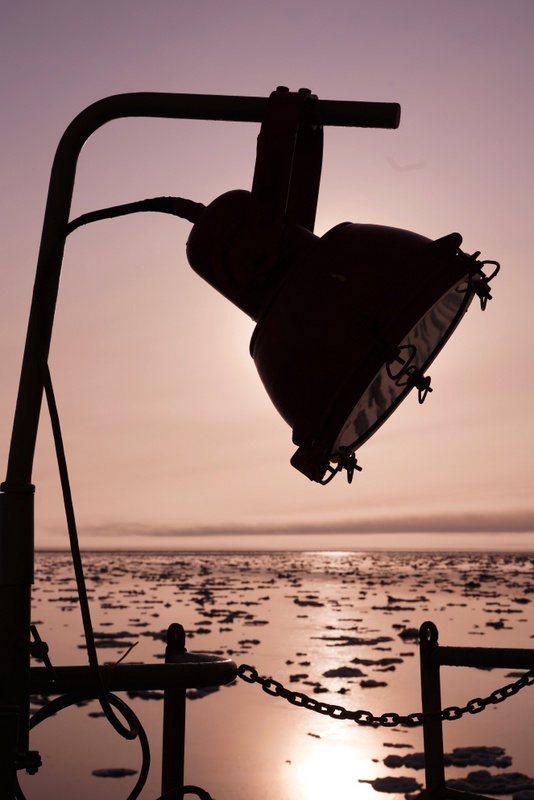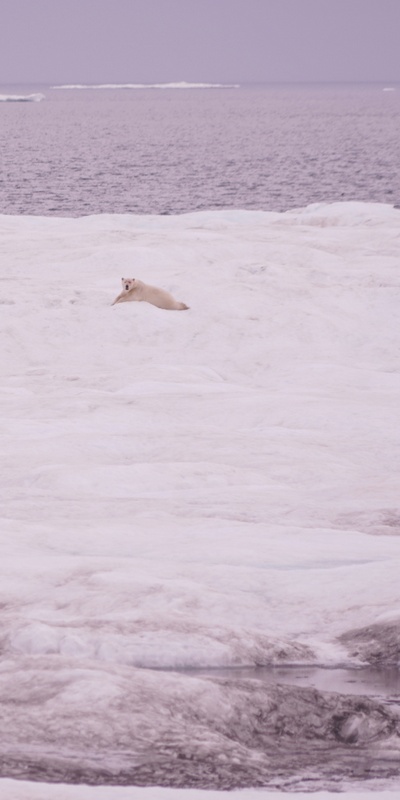A Dream Expedition
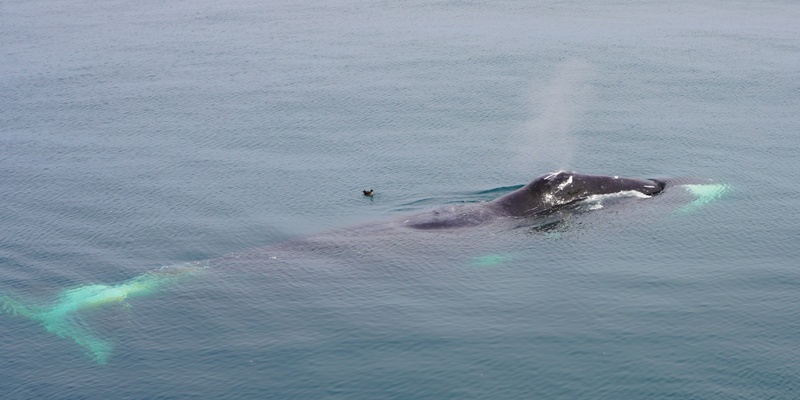
When I signed up for the “Across the Top of the World” expedition to visit Wrangel Island, a remote Russian Arctic island, I did not know what to expect. I end up having one of the best expeditions I have ever had: I have seen more whales, polar bears, musk oxen and puffins on this trip than what I have seen altogether in my past eight expeditions in the Arctic and Antarctica regions in the last 20 years.
Trip Plan
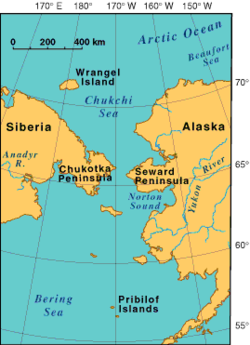
I am always fascinated by Far East Russia especially the North East Passage. When I found a good deal on the “Across the Top of the World” expedition by Heritage Foundation (HF) from July 22 to August 5 earlier this year, I decided to join. The port of embarkation is Anadyr, the most easterly official ‘town’ in Russia which is not easily accessible. The cheapest and most reliable way to get there is a daily direct flight from Moscow to Andyr. Eventually, I booked a ticket with Turkish Airline and had an opportunity to visit Eastern Turkey en-route to Moscow.
July 20 Konya – Istanbul, Turkey – Moscow, Russia – A Travel Day
There are few flights from Konya to Istanbul. I had to get up before 3am in order to catch a flight at 4:45 am. I arrived in Istanbul after 6 am and waited till 11 am for my flight to the VKO airport in Moscow. Though the Istanbul Airport is brand new and spacious, there is no lounge facility except for airline’s first and business class passengers. The main hall is full of shops like a marketplace without a comfortable and quiet area for departing passengers.
I was glad my Turkish Airline flight departed on time. I arrived in Moscow after 1:30 pm and walked five minutes to Hilton Double Tree next to the airport. I did little for the rest of the day: I spent an hour in the swimming pool, had a buffet dinner and wrote my travel notes. A good way to relax and rest!
July 21 Sunday: Moscow – Anadyr
The Utair flight for Anadyr would depart around 7 pm. After checking out, I stayed in the hotel lounge till it’s time to go to the airport at 4pm. The Russian are not known for efficiency. There was a long queue with 60-80 passengers at the check-in counter. I took over 40 minutes to check in.
The VKO airport has improved since my last visit in 2010. Though it is not big, it has several lounges: I used my Priority Pass and spent two hours in the lounge before boarding shortly after 7 pm. The plane was full. I looked around and guessed many passengers would be joining the same expedition. I was right: some 50 passengers from the ship were on this flight. The seat is not comfortable. Luckily, I had an aisle seat with some leg room. I could not sleep though I was very tired.
Day 1: Monday July 22 Anadyr 64°43’N 177°37’E & On Board
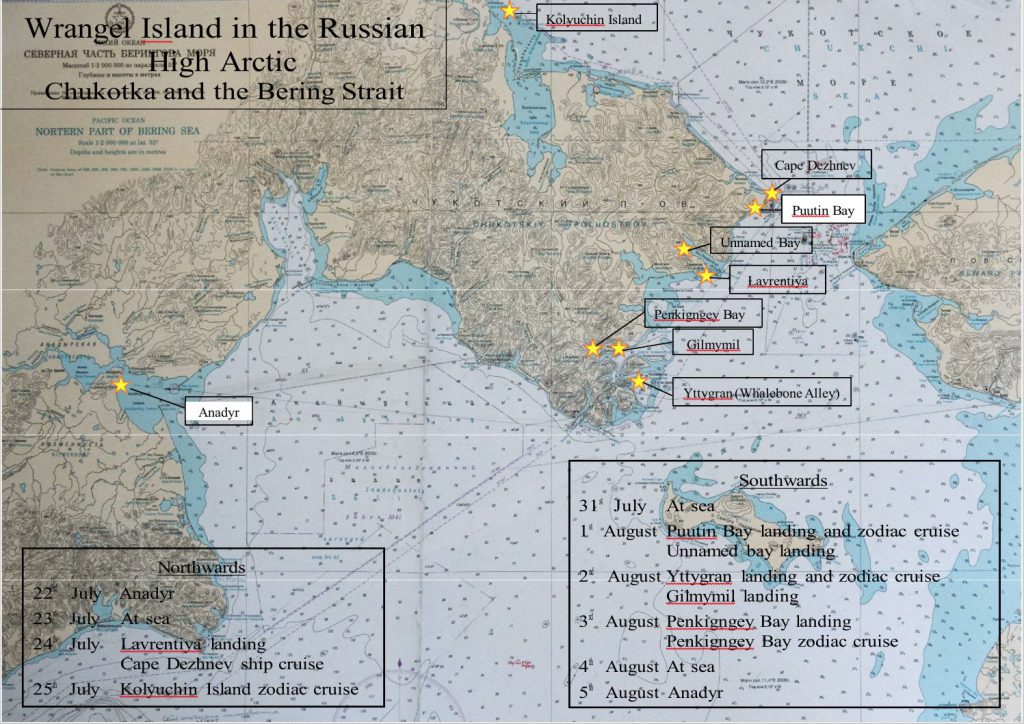
We landed around 1:30pm in Anadyr after a tiring eight-hour flight. Anadyr located at the estuary of Anadyr River, is the capital of the Chukotsky Autonomous Region, one of the eighty-eight autonomous regions in Russia with an area of about 737,000km2. Travel in this region is by permit only. It has a small population of 14,000.
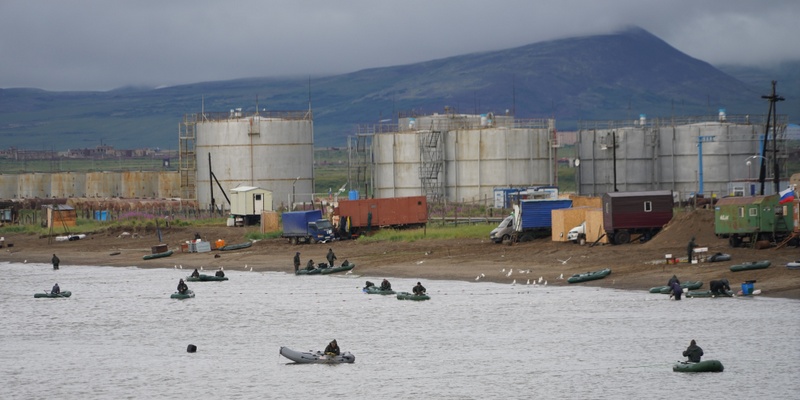
The airport though small is surprisingly modern by Russian standard. We were met by Alex from the Heritage Foundation (HF) who assisted us to go through the arrival formalities. We waited for a long time for the bags to arrive. Helen of HF greeted us in the arrival hall. It was drizzling when we boarded a Soviet styled yellow bus which transferred us to the port to spend a few hours on the Spirit of Enderby which would ferry us to Kapitan Khlebnikov (KK) which was moored approximately 10 nautical miles (NM) to the east of the harbour.
Some 100 passengers on this expedition would be coming either from Moscow or Nome, Alaska on a small chartered plane. The passengers (about 40 in total) from Nome were divided into three groups: while the first group arrived in early morning, the last group would land in the late afternoon. Hence, HF arranged all arriving passengers to wait and rest first on the Spirit of Enderby.
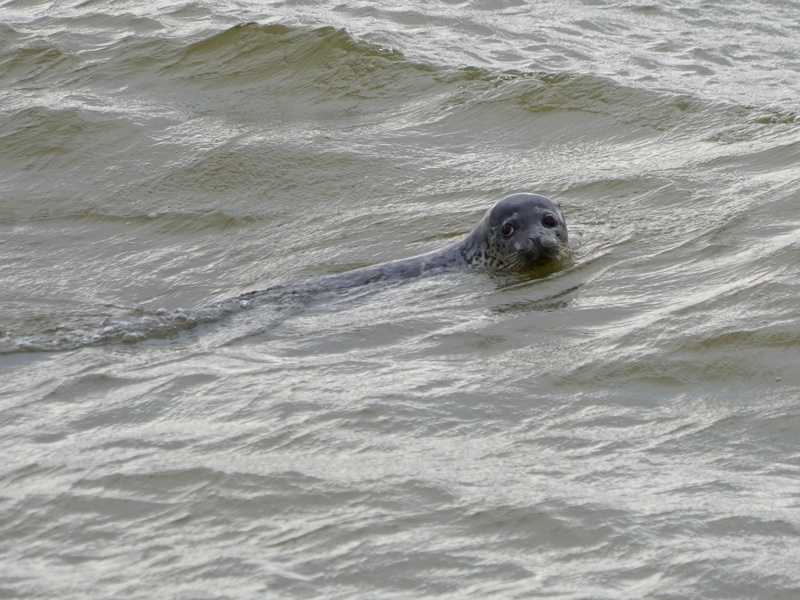
Spotted Seal 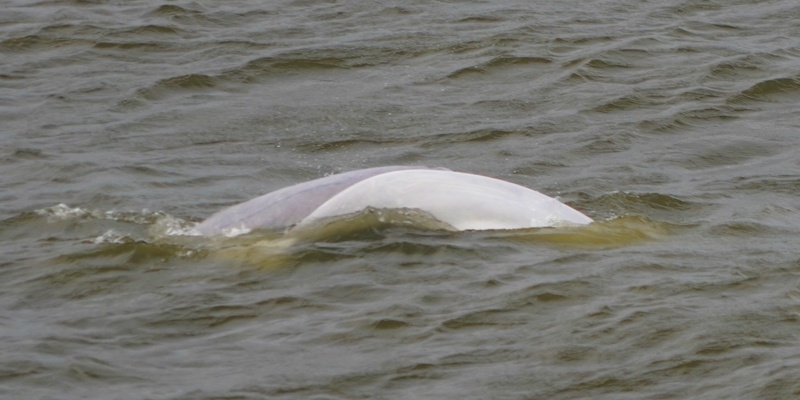
Two beluga: a juvenile and an adult 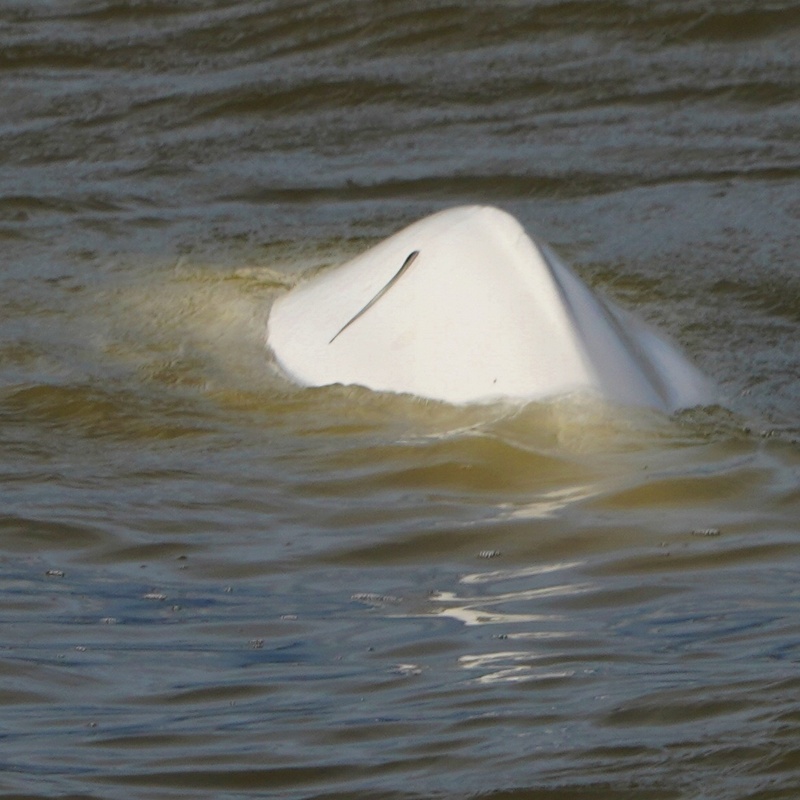
Beluga in muddy water
Passengers mingled or rest or stayed on deck looking out for Beluga Whales and spotted seals feeding in the bay and birds (gulls, kittiwakes and cormorants). I met up with Shari of Polar Cruises which booked this expedition for me. I also spent a while on deck to get fresh air. The water in the estuary is murky but rich in salmons. Hence, some 3,000 Belugas are feeding in the estuary.
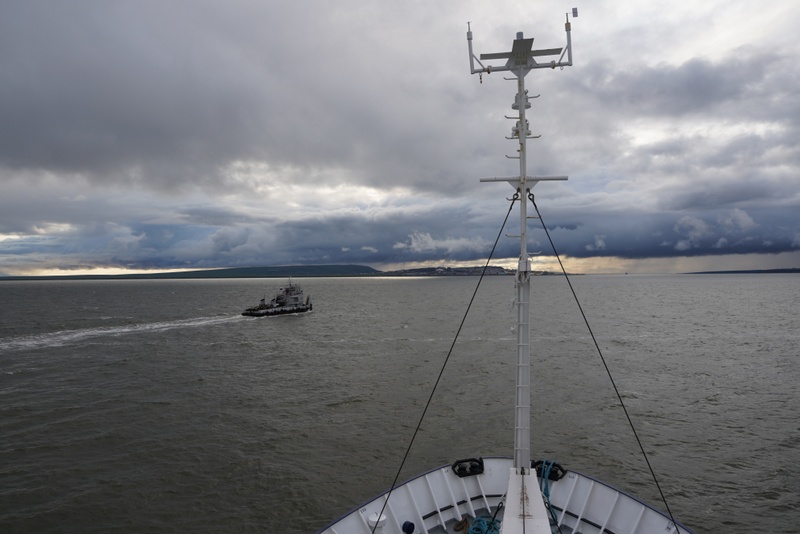
We set sail around 6:30 pm heading out into Anadyrskiy Bay. The sky was moody and atmospheric with occasional sunset rays beaming through thick dark clouds. Most of us were out on deck to watch the skilful captain of Spirit of Enderby drawing the boat alongside KK. Once the gangway was connected, we made our way across to the ‘mothership’, our home for the next 14 night.
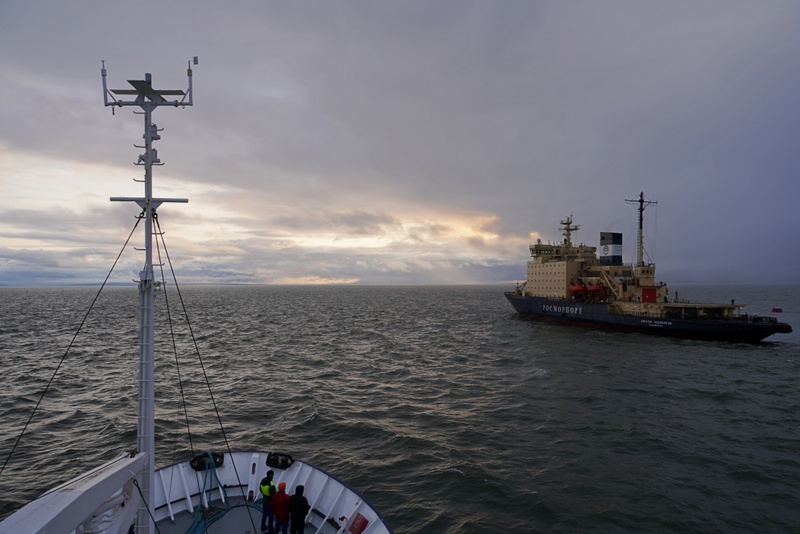
Excited when approaching KK
It was around 9 pm when we finally sat down for dinner. I had roast rack of lamb which was delicious. I shared a twin cabin on the 7th level with Gail from Maine. She is a photographer and has come with a knitting group led by Linda from the US. I slept like a log.
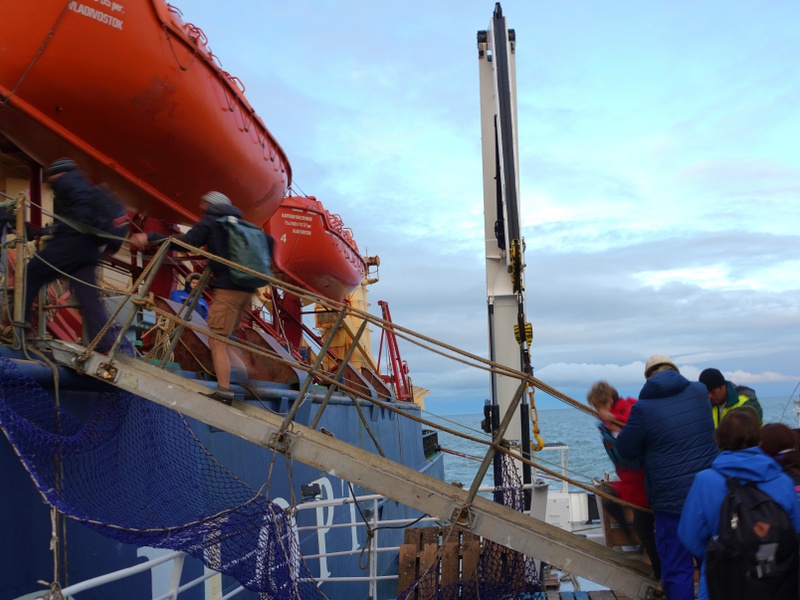
Getting on board KK
Day 2 Tuesday July 23: At Sea with Swell & Rainy
The boat rocked and rolled through the night. But, it did not bother me. I started my first day at sea with a nice cooked breakfast. Then I began to feel tired and returned to bed. I only got up to attend a briefing by the expedition team. Owing to the swell, the boat was rocking.
KK is an ice breaker manned by a crew of nine officers. Nathan Russ, the expedition leader welcomed everyone aboard and introduced key members of the Expedition Team (18 in total) and the Wildlife Worldwide team of 6 (including Chris Breen, the founder of Wildlife Worldwide, Mark Carwardine, the trip leader & wildlife photographer, and Joe Cornish, a landscape photographer).
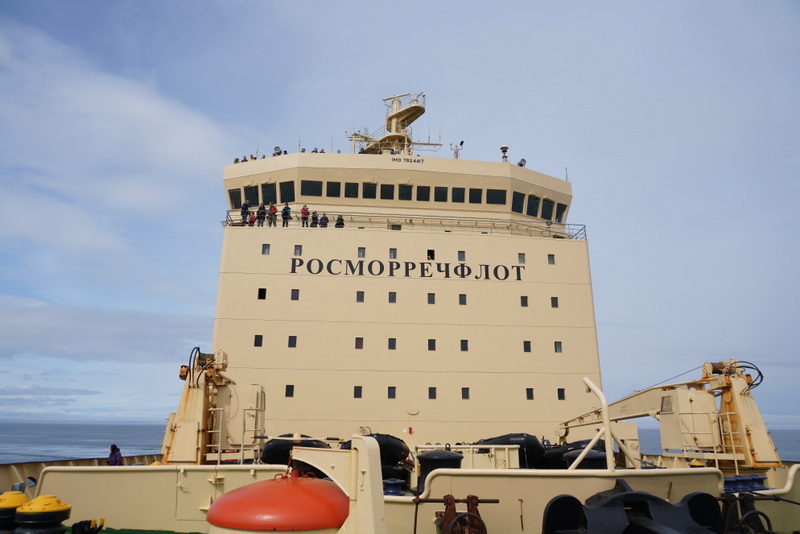
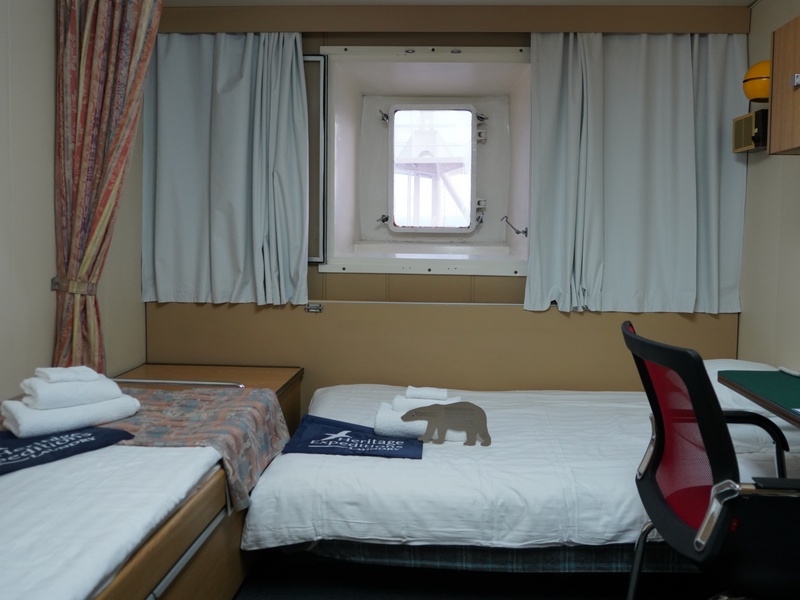
Nathan mentioned that amongst the 100 passengers on board, 41 came from UK, 18 from the US and 14 from Australia. I later met the Asian group with four Japanese, three Korean and two Malaysian.
After the briefing, I returned to my room and vomited (an indication of mild seasickness). I skipped lunch and slept till almost 3 pm. I felt better and attended a talk on the Chukchi people by Elena Sabanina who is humorous and makes good jokes about the behaviours and psyche of Russians. I later picked up and read a book from the library on the Chukchi people.
The first day at sea is usually filled with normal formalities. I collected my boots and we had to attend a compulsory safety briefing.

We had our first ‘daily round-ups’. Samuel Blanc talked about the region, Maxim Ilin about some of the early history of the area and Mark about the Convention of International Trade in Endangered Species of Fauna and Flora (CITES). Nathan completed the session with a briefing on the next day’s activities.
On the ship, dinner was served on three locations. I like to move around and meet new friends. Seasickness had gone and I had appetite again. I played safe and only had risotto. Though I had slept a lot in the day, I still had a night of sound sleep.
Day 3: Wednesday July 24 Lavrentiya 65°35.701’N 170°59.230’W & Cape Dezhnev
I got up around 3 am, went to the library and picked a book on Vitus Jonassen Bering (1681-1741), a Danish cartographer and explorer in Russian service and an officer in the Russian Navy. He led two expeditions namely the First Kamchatka Expedition (February 1725 – 1730) commissioned by Peter I of Russia and the Second Kamchatka or the Great Northern Expedition (1733-1743). He died on an island now named in his honour.
During the first expedition, the team surveyed more than 3,500km of the western coast of the sea providing useful insights into the geography of Eastern Siberia. The maps of the area were used by all western European cartographers.
During the second expedition, they travelled and explored the north-eastern coast of the Asian continent and from there the western coast on the North American continent. One of the most important achievements of this expedition was the mapping of the north east part of Asia. The Bering Strait and Bering Sea were all named in his honour.
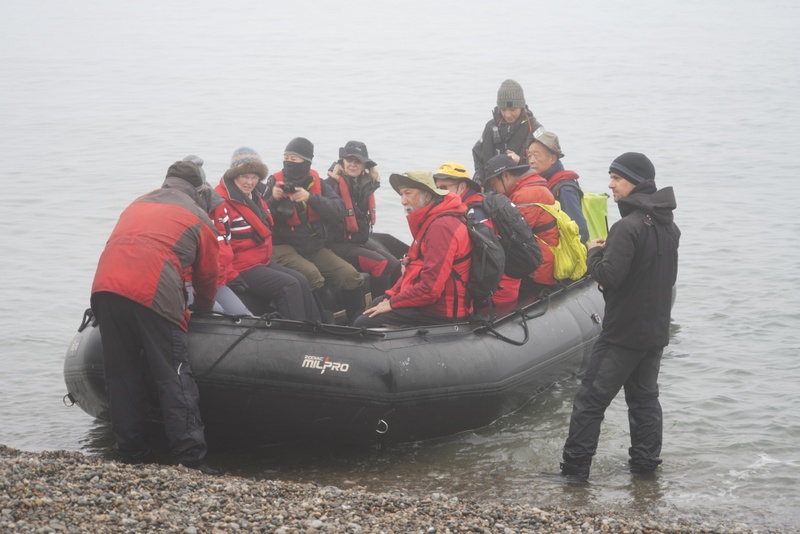
After an early breakfast, we were ready for our first landing. By 8:40 am, I was on the zodiac heading to Lavrentiya, a remote outpost established in 1928 during the Soviet era to settle six Chukchi communities. The original inhabitants are Eskimo and Chukchi. Today, it has a population of 1,500 and serves mainly as an administrative centre. Most people work for the airport and the government.
It was foggy and grey. The place has a Soviet feel owing to the styles of the buildings and layout. We were divided into three groups each would take turn to visit the local museum and tour around the settlement.
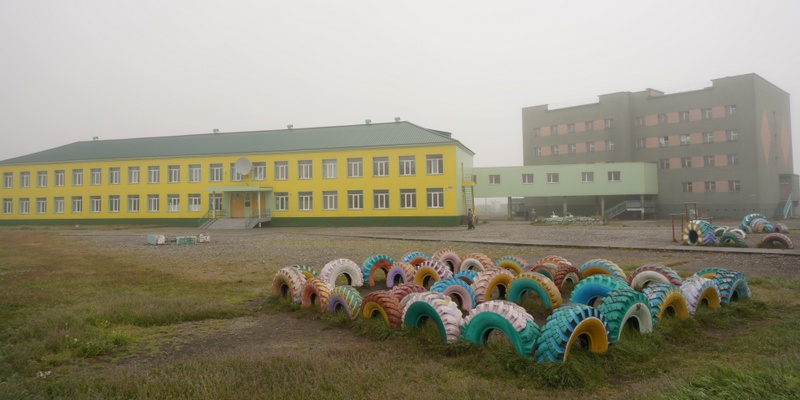
I was in the first group to visit the museum and we were greeted by a 76-year-old Chukchi lady Elisabeta who was from Naukan – the village at the narrowest point on the Bering Strait which we were scheduled to visit a few hours later. (Owing to inclement weather, we did not land in the afternoon). Her family and the whole clan were rehoused in Lavrentiya when she was young.
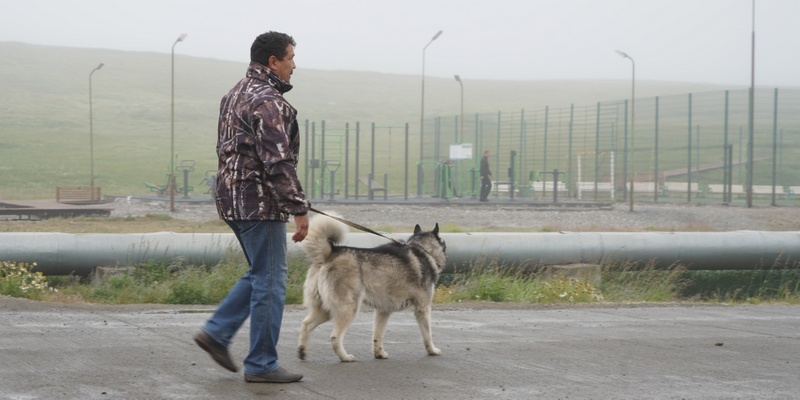
The small museum is well stuffed with artifacts from the region including polar bear, seal, walrus, fur clothes, raincoat, kayak and many beautiful antique harpoons and tools used.
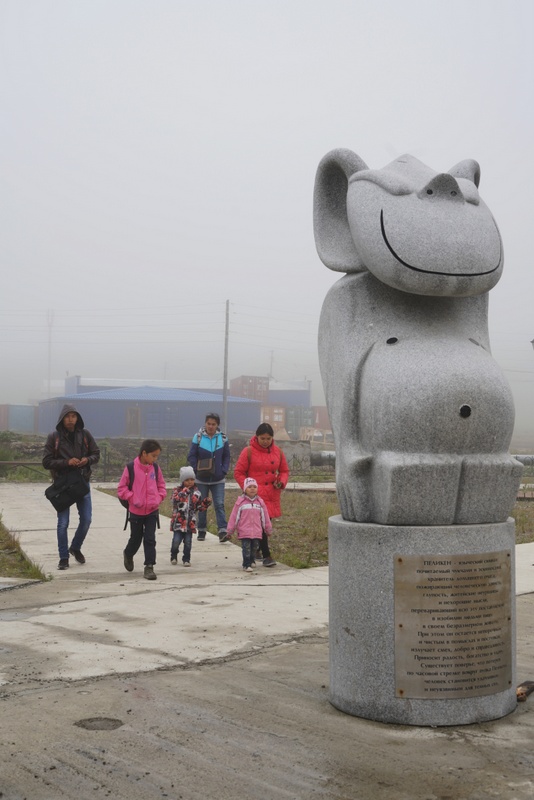
Our next stop was the village square which looked like a fair ground today. We were greeted warmly and tried many local delicacies including Grey Whale skin and meat, walrus intestines, char and other meat product, berries, doughnuts, cakes etc. The Chukchi are one of the few communities that are entitled to ‘harvest’ Grey Whales (as well as seals, walruses and other marine mammals). Out of the annual quota of 140 Grey Whales to be harvested, the town of Lavrentiya are allowed to take three a year. Some men who are sculptors and craftsmen, showed us their carvings and other souvenirs.
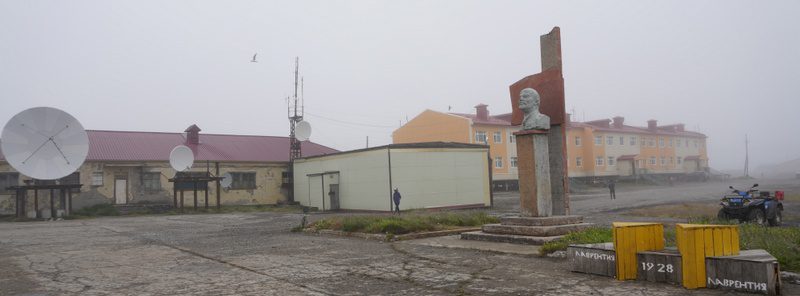
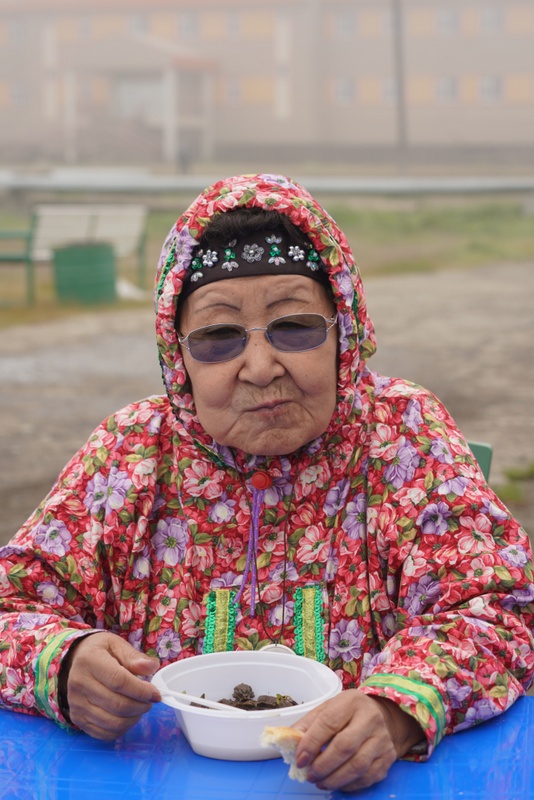
Our group followed a local guide who is the son of Elisabeta, and had a short tour to look at the centre, a park, a distant church half hidden in thick fog and the square with a statute of Lenin. It was atmospheric as a soulless Soviet Arctic detached outpost. Luckily, the food and colourful costumes the locals had put on cheered us up.
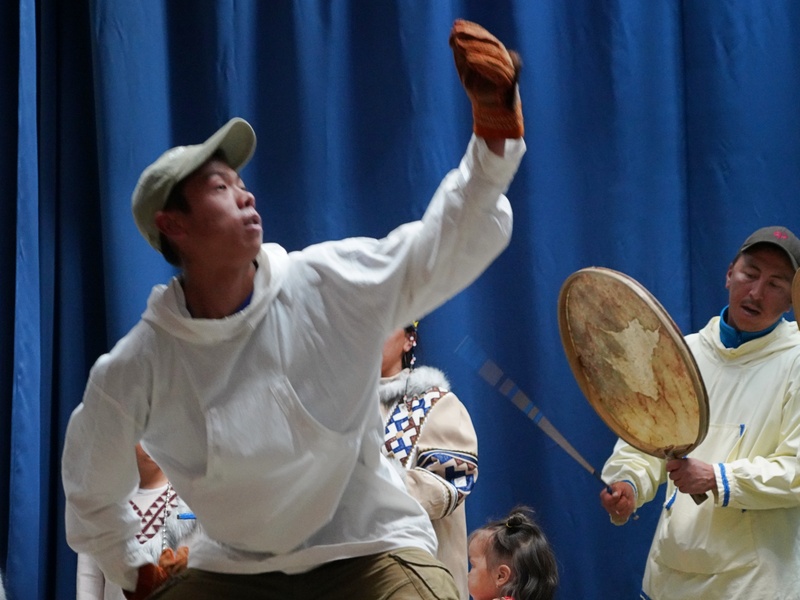
We then went into the village hall to enjoy a cultural performance. Some young girls danced and were accompanied by men singing and beating walrus-drums. The dances represented animals and everyday events in the lives of a hunting community. The dancers were beautifully dressed in traditional costume. The girls are pretty but the start performer was a cute toddler around 2-3 years old who joined her sisters on the stage. I particularly like the dance performed by a young man.
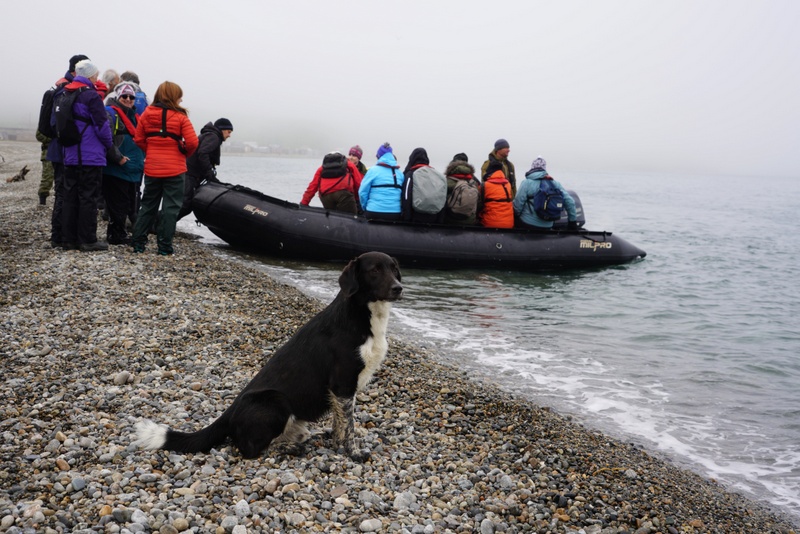
After lunch, I attended a most interesting and enjoyable talk on “Expedition Cruise Photography” by Mark and Joe.
We were in high spirit as we approached Cape Dezhnev. Unfortunately, we were unable to land owing to thick fog and sea swell. Most of us gathered at the bow of the ship as we sailed past the Cape which looked mysterious in fog.
Katie the historian tried to give a short talk on Vitus Bering and Seymon Dezhnev. I confessed that I could hardly hear what she was saying as I was totally absorbed by the captivating landscape and mysterious scenery. I also could not follow her strong Scottish accent.
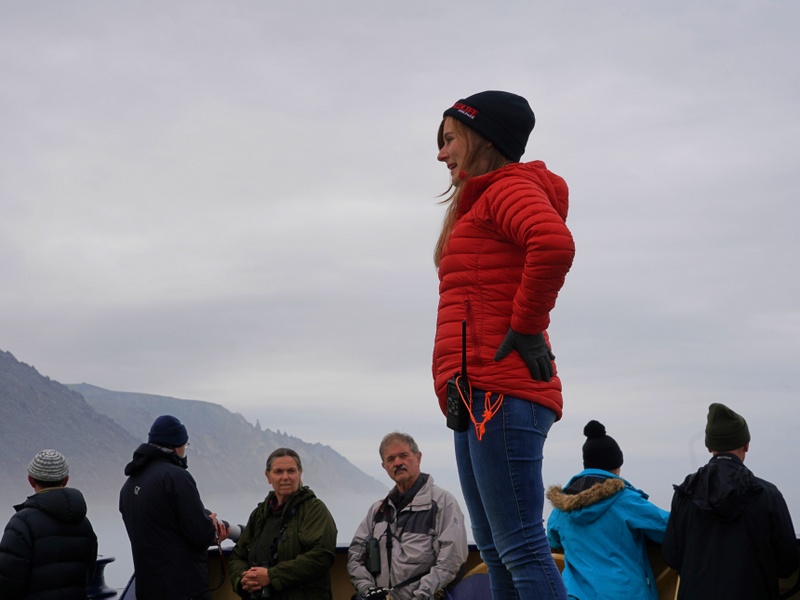
Cape Dezhnev, an historic landmark located at the north-easternmost point of the Eurasian continent, was named after Semyon Dezhnev, a Siberian Cossack who left the Kolyma River in 1648 with 90 men in seven boats. But only 17 men ultimately survived the journey. Dezhnev sailed through the Bering Strait and his journey proved that the Eurasian and American continents were separate. But little interest was shown in this voyage and later explorers including Bering, were trying to find an answer. It is also the site of a former Eskimo village, Naukan.
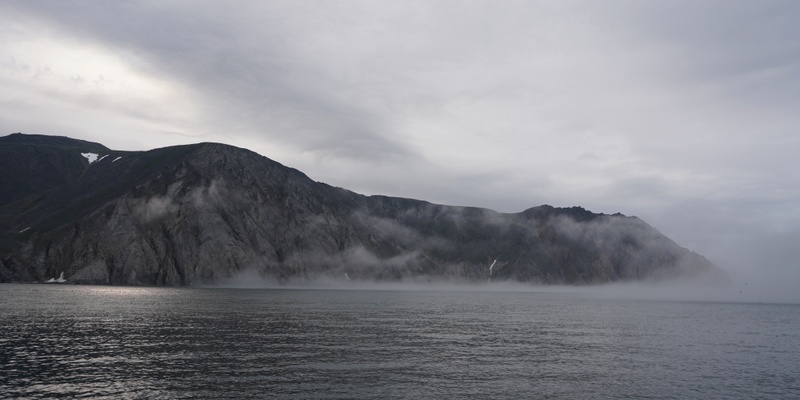
After passing the Cape, we had a short recap with Mark presenting a talk on Aboriginal whale hunting.
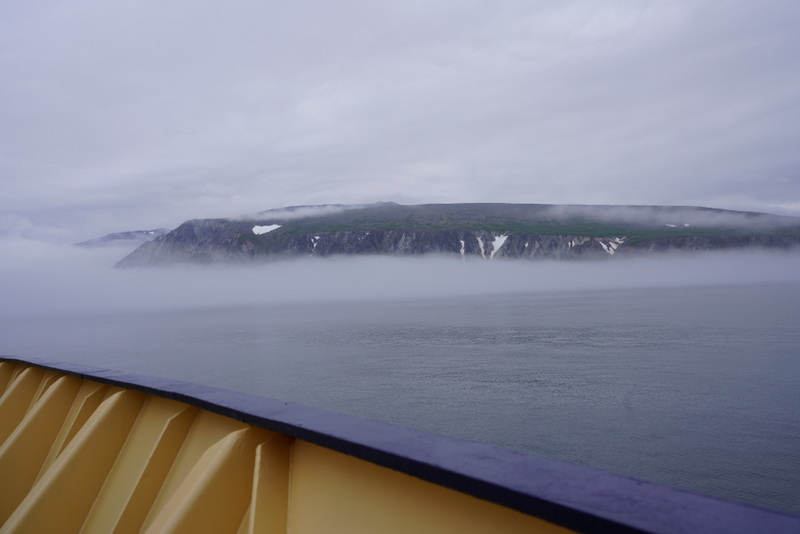
Day 4: Thursday July 25 Kolyuchin Island 67° 29.113’N 174°37.852’W
Today we had an early start in a rainy and foggy morning. We were anchored off the north-western side of Kolyuchin Island and were told to dress warmly. We were out on our first zodiac cruise around 6:30am.
Kolyuchin, a small island 5km by 1.5km, was once an important Russian Polar Research Station. After the collapse of the USSR, there was no money to maintain these stations which were abandoned in 1992.
The buildings standing on top of the ridge are derelict. But there is plenty of wildlife with a guesstimate bird population of 150,000.
The sea was calm. As we got close cruising along the coastline, we were amazed by the spectacular bird cliffs. There were countless Tuffed Puffin, Common Brunnich’s and Pigeon Guillemot and Black-legged Kittiwake. There were also many Glaucous and Vega Gulls watching with a view to stealing eggs.
I did not wish to get my camera wet. As a result, I only took a few photos when it almost stopped raining.
Soon, our boat spotted our first Polar Bear of the trip. We saw a sleeping bear possibly a juvenile was at the bottom of a deeply cut ravine. I managed to take a photo when it lifted its head. It looked more like a cute big Ladrador.
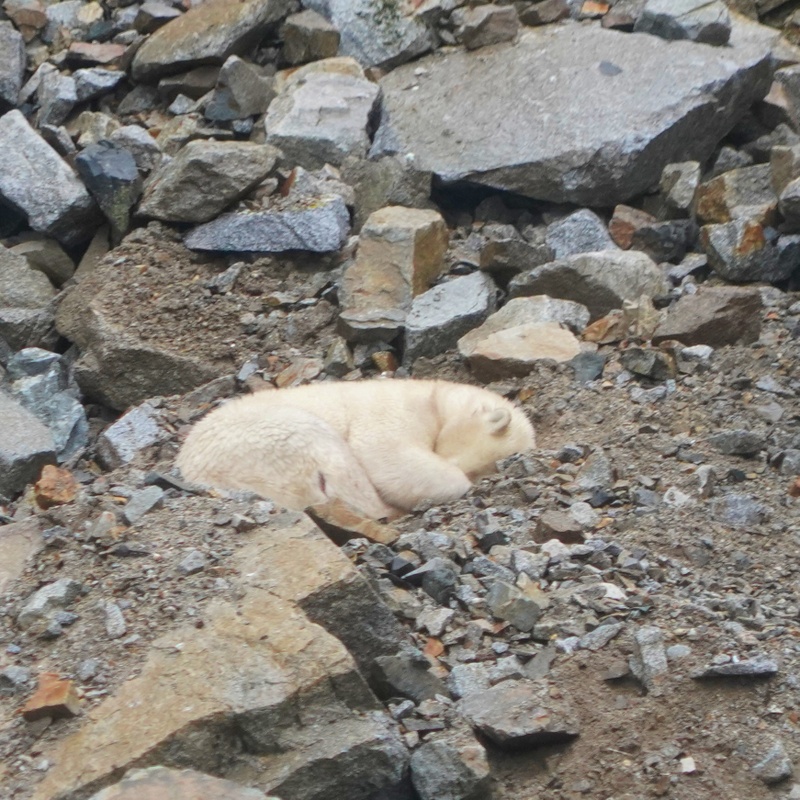
We were back on-board KK for breakfast. We were now in the area which is one of the best places to observe Bowhead Whales and to find Greys and Humpbacks.
We were not disappointed: we had a great time watching hundreds of whales feeding, blowing and bridging. Mark, the whale expert, estimated that there might be some 200 in the area. While I could only recognise Humpbacks, the experts saw Bowheads as well.
Before lunch, we spotted our first big group of walrus: they were lying on three large ice floes. We were excited and took lots of photos. The expedition team spotted two bears also on the ice but in a distance.

Most of us were either at the bow of the ship or on the upper deck. Suddenly, I heard “Bowheads” from the public address system. Apparently, as many as eight Bowheads and a couple of Humpbacks had been spotted. They were playing and feeding amongst a million Short-tailed Shearwaters. KK slowed down.
We were all taken by surprise when a gigantic Bowhead appeared from under the bow of the ship. It got so close that I could not take a full photo of this amazing mammal when it was in front of me below the bow. It disappeared as fast as it appeared. Just before lunch, we saw 25 to 30 Humpback Whales feeding all around KK.
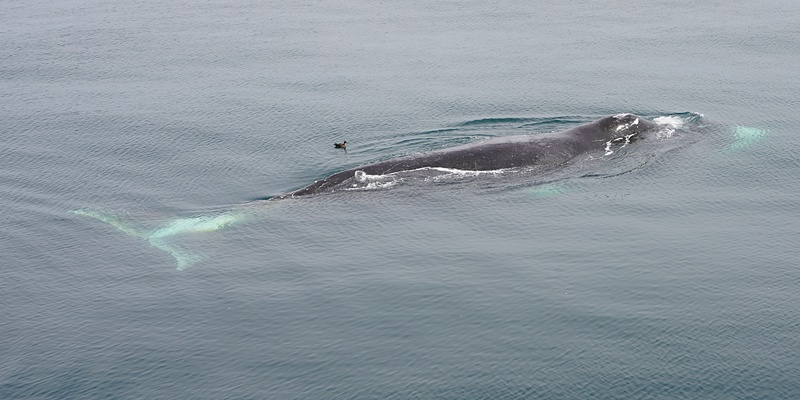
In the afternoon, Maxim gave a lecture on “In Search of New Land” outlining the expansion of Russian territories since Peter the Great in the 18th century. The talk was interrupted three times with bear sighting.
We began to encounter more ice. It’s a beautiful sight.
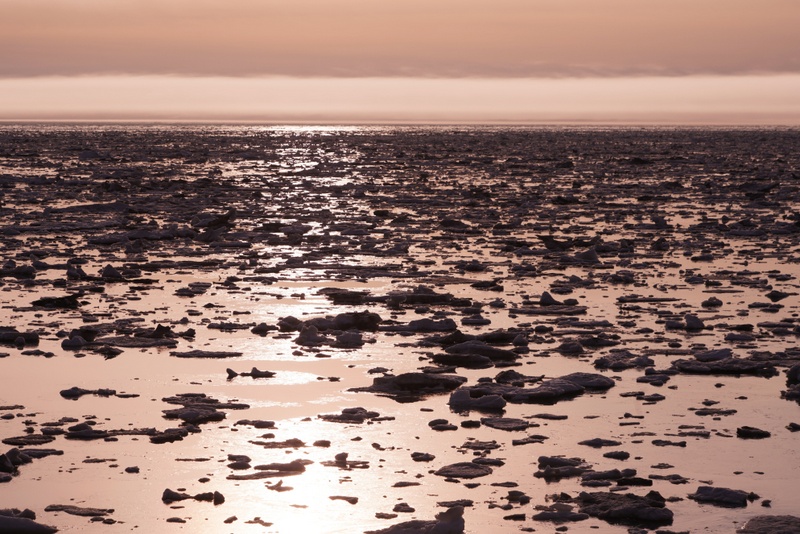
Polar Bear Count for the day: 3 & for the trip: 3


